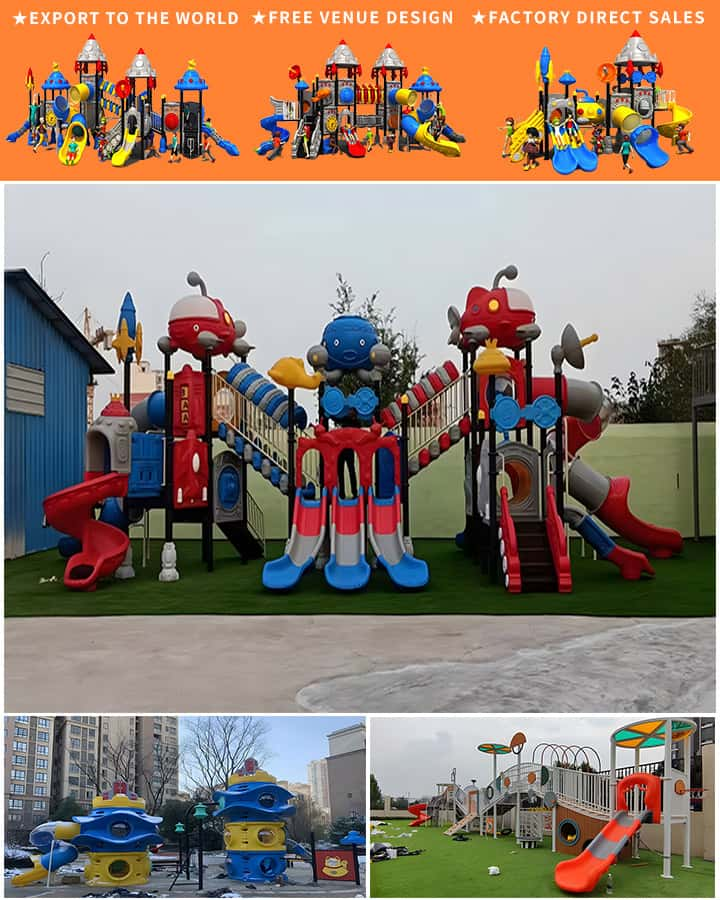As the foundation of childhood development, playgrounds are essential spaces where children engage in physical activity, socialize, and explore new environments. However, many schools face financial constraints that prevent them from building or maintaining adequate playground facilities. Enter grants for school playground equipment—a crucial resource that can help ensure every child has access to safe and stimulating play areas.
Grants are funds provided by government agencies, non-profits, and private organizations to support specific projects or initiatives. For schools, these can be a lifesaver when it comes to equipping or refurbishing playgrounds. Understanding how to identify, apply for, and utilize these grants can make a significant difference in the quality of educational environments.
The Importance of Playgrounds
Playgrounds are not just places for children to burn off energy; they are vital for physical health, cognitive development, and social skills. Properly equipped playgrounds encourage physical fitness, improve motor skills, and foster teamwork and cooperation among peers. In an era where sedentary lifestyles and childhood obesity are growing concerns, the role of school playgrounds cannot be overstated.
Identifying Available Grants
The first step in leveraging grants for school playground equipment is identifying what’s available. Various sources offer grants tailored to different needs:
Government Grants: Federal and state governments often provide grants to enhance school infrastructure, including playgrounds. Programs like the U.S. Department of Education’s Title IV funding can be directed towards improving school facilities, including playgrounds.
Non-Profit Organizations: Many non-profits focus on improving community and school resources. Organizations such as KaBOOM! and the National Recreation and Park Association (NRPA) offer grants and technical assistance to develop safer and more engaging playgrounds.
Corporate Grants: Some corporations have community outreach programs that include funding for playground improvements. Businesses might partner with local schools to sponsor playground projects, providing both monetary support and materials.

Applying for Grants
Securing a grant involves several steps, starting with research. Schools need to identify grant opportunities that align with their specific needs and qualify based on criteria such as location, student demographics, and existing facility conditions. Once potential grants are identified, the application process usually includes:
Proposal Writing: A compelling grant proposal explains why the playground project is necessary, details the plan, outlines the benefits, and includes a budget. It should also demonstrate alignment with the grantor’s goals.
Documentation: Grant applications often require detailed documentation, such as letters of support from community leaders, school officials, and sometimes even proof of matching funds or in-kind contributions.
Submission and Follow-up: Adhering to submission guidelines is crucial. Following up after submission ensures that the application is being reviewed and keeps communication lines open with the grantor.
Utilizing Grants Wisely
Once awarded, utilizing the grant effectively is paramount. This involves careful planning and execution to ensure the funds are used as intended. Steps include:
Project Planning: Work with architects, landscape designers, and safety experts to create a detailed plan. Consider inclusive designs that cater to children of all abilities.
Bidding and Purchasing: Obtain multiple bids for equipment and services to maximize the value of the grant. Purchase high-quality, durable equipment that complies with safety standards.
Installation and Maintenance: Ensure professional installation to maintain safety and longevity. Establish a maintenance schedule to keep equipment in good condition post-installation.
Community Involvement: Engage students, parents, and the broader community in the playground design process. This promotes a sense of ownership and ensures the space meets the actual needs of its users.
Conclusion
Grants for school playground equipment offer a vital opportunity to improve educational environments and enhance the well-being of students. By diligently seeking out these opportunities and responsibly managing the funds, schools can transform their playgrounds into vibrant, safe, and inclusive spaces that enrich the lives of children for years to come. Whether through government programs, non-profit initiatives, or corporate generosity, these grants pave the way for a brighter, more active future for our youngest generation.




